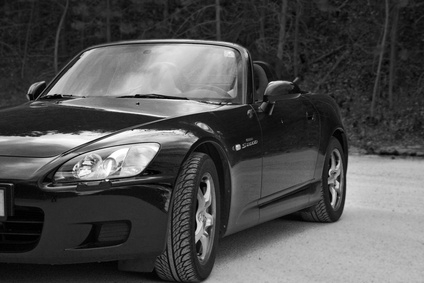
Honda's practical Civic has been known as a fairly reliable scoot-about since 1973 and for good reason. Honda knows that its customers don't expect to have to stop every 500 miles to fix something, which is why they put so much effort into testing and tuning every single component to the point of failure. However, even Honda's reliable engines can wear out with age while newer and more complicated fuel injection systems offer that much more opportunity for failure.
Like almost every other fuel-injected car on the planet, Honda's engines use an electronically-controlled idle air control (IAC) valve. As the name would imply, this valve's sole purpose is to meter air at low RPM while the throttle body's primary valve is shut. The IAC takes the place of the choke plates used on older carbureted engines and those used on some Honda fuel-injected units. If the IAC malfunctions, it will either choke the engine or permit too much airflow, either of which will cause the car to stall.
Closely related to IAC malfunction, a clogged throttle body occurs primarily in the IAC passages. The ducts that feed the IAC valve and the surface against which it closes tend to accumulate carbon, varnish and debris, which will choke the engine into a stall. The effect is progressive, and is typified by a gradually dropping idle RPM and intermittent stalling at idle.
An infrequent reason for engine stalling is the coolant temperature sensor. If the coolant temp sensor malfunctions, the car will go into "safe" mode and automatically assume it's overheating. The engine will inject additional fuel, retard timing and close off the IAC valve, which may result in stalling. A low coolant level will fail to immerse the sensor, so it's going to think that the engine is colder than it is. The computer injects more fuel and closes the IAC when it thinks the engine is cold, and you can probably guess what happens.
Honda's older cars were equipped with marginal oxygen (O2) sensors, which become a problem as the car ages. The O2 sensor reads exhaust gas temperature, which tells the computer exactly what air/fuel ratio it's dealing with. If the O2 sensor malfunctions, the car will go into "safe" mode, injecting more fuel than it needs to prevent engine knock. Excess fuel will result in a stall, especially when the engine is warm and idling. Incidentally, this and all of the above-mentioned causes will trigger a check engine light.